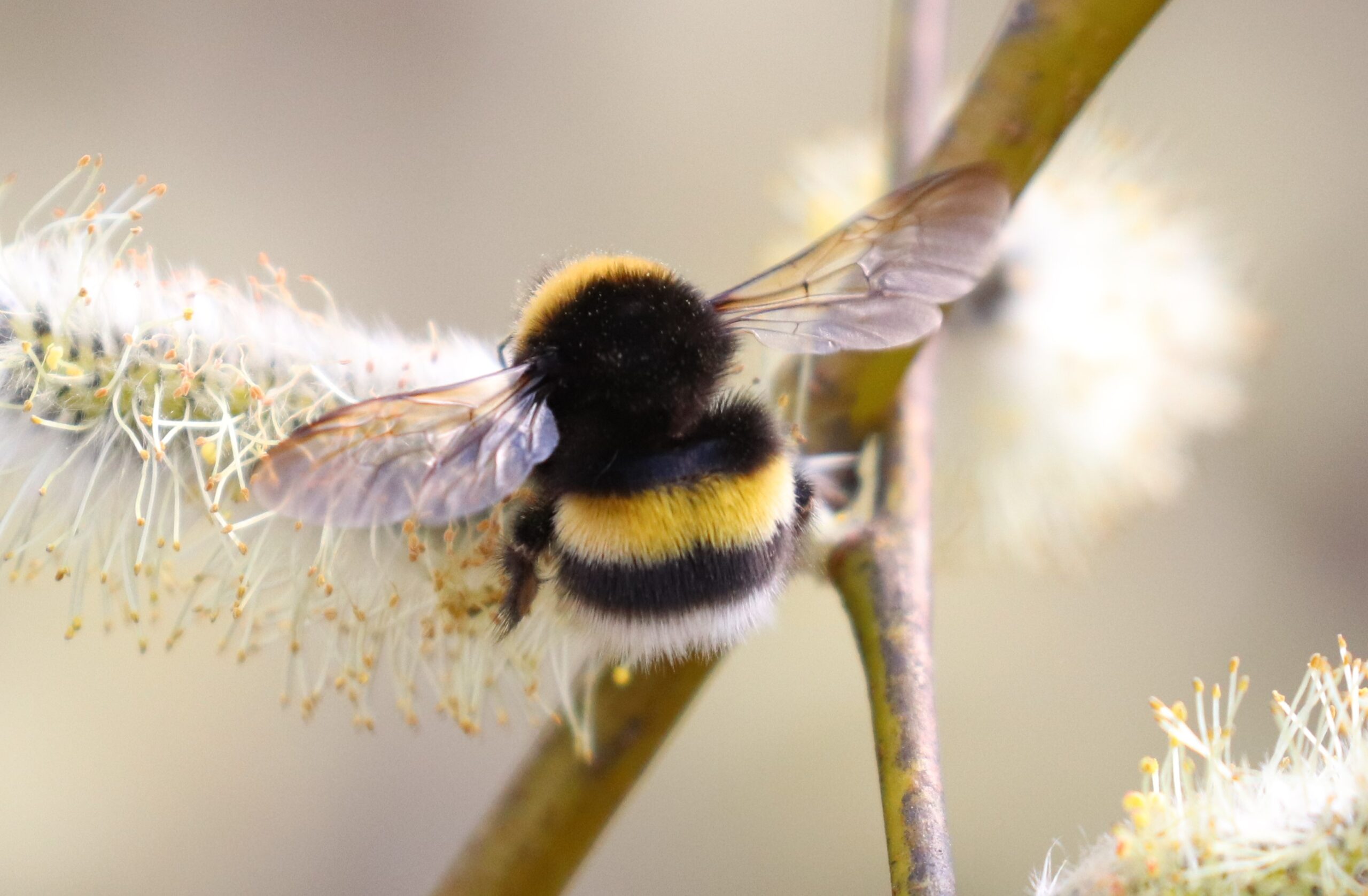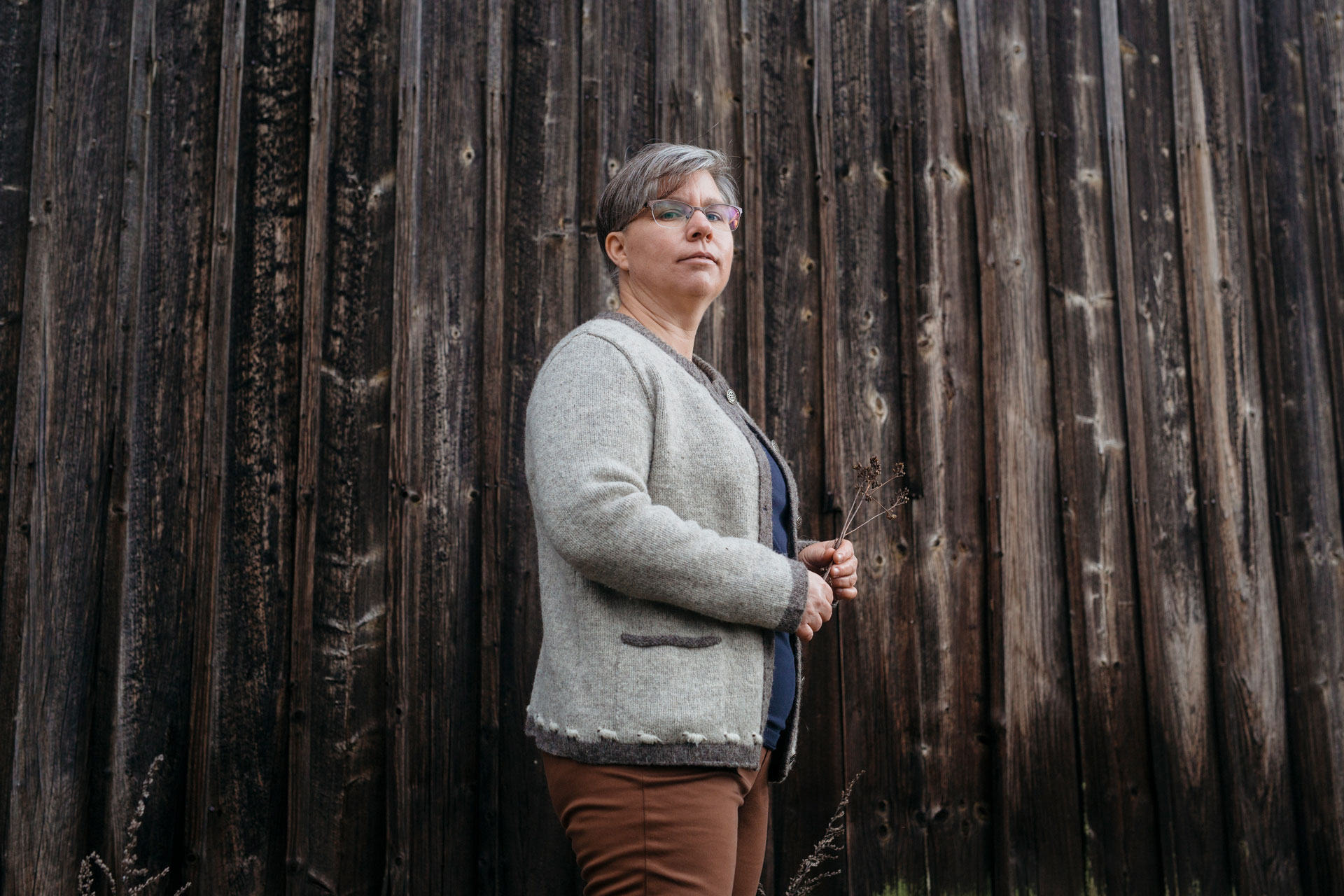An untold number of pollinator species enrich our diets with foods ranging from fruits to chocolate and coffee. These diligent workers can be helped by farming in a way that is pollinator friendly. Agroecology researcher Traci Birge reminds us that a bit of managed chaos is good.
“Pollinators” automatically brings to mind bees, bumblebees and flowers. Even the day designated for celebrating pollinators, May 20, is called “World Bee Day“. However, there are actually hundreds of thousands of pollinator species – mostly insects but also birds, bats and other mammals- interacting with plants that employ Machiavellian tactics to ensure pollinators do their bidding! It’s a beautiful, wild world.
Although crops like grains are mainly wind pollinated, others such as fruits and berries often depend on animals to transport their pollen. About 75% of agricultural plants are dependent wholly or partially on pollinators. Without insect-pollinated crops, our diets would have far less variety. Good-bye fruits, veggies, chocolate, and coffee. In Finland, some of the most important insect pollinated crops include rapeseed, caraway, fava bean, and berries.
It’s a desert out here
Modern agriculture with its large fields and simplified tidy landscapes makes it harder for pollinators to find the nesting and overwintering habitats and other resources they need. Simplified landscapes also have fewer flowering species, which is challenging for pollinators because they need flowers from early in the spring all the way through to late summer. Additionally, many crop protection products – including herbicides like Round-up, fungicides, and pesticides- kill or otherwise harm pollinators.
“Pollinator-Friendly Farms” project aims to develop a concept of pollinator-friendly farms for Finland and produce advisory materials that encourage Finnish farmers to improve conditions for pollinators on their own farms.

Picture: Eija Hagelberg
What makes a farm pollinator-friendly?
In April, we invited experts from Finland to a workshop to develop the “pollinator-friendly farms” concept. We identified three key characteristics for pollinator-friendly farms. Firstly, pollinator-friendly farms provide pollinators with flowers, suitable conditions for reproduction, and other resources such as overwintering spots. British professor Jeff Ollerton calls this the “Requirements of Pollinators triangle“.
Secondly, the farm aims to conserve and restore existing nature rather than replace it with something else. Establishment of flower strips and meadow fields may, however, be called for in areas where there is a lack of natural habitat for pollinators. Thirdly, pollinator-friendly farms aim to find alternatives to toxic crop protection products.
Bless this mess!
A tidy farm can feel like a job well done, but a few unkempt corners are actually beneficial for biodiversity. Pollinators find nesting and overwintering spots in places such as old piles of wood or rotting tree stumps, open undisturbed soil (especially sand), wooden buildings, and heaps of rocks and stone walls.
When left to bloom, field margins can provide flowers for pollinators, and the grasses provide habitat for some pollinators in their larval stage.
Plants are a**holes
If you are wondering about those Machiavellian plants, I recommend this blog post by Professor Jeff Ollerton.
For further reading
The Nessling Foundation organizes The Soil at Risk symposium on 30.6.2021, which brings together a wide variety of research and practical information on protecting agricultural soil. Join us!

Follow on Twitter: @TraciInFinland and Carbon Action at Baltic Sea Action Group @BSAG_
Hashtag #PollinatorFriendly Farms #PölyttäjäystävällinenMaatila #CarbonAction
